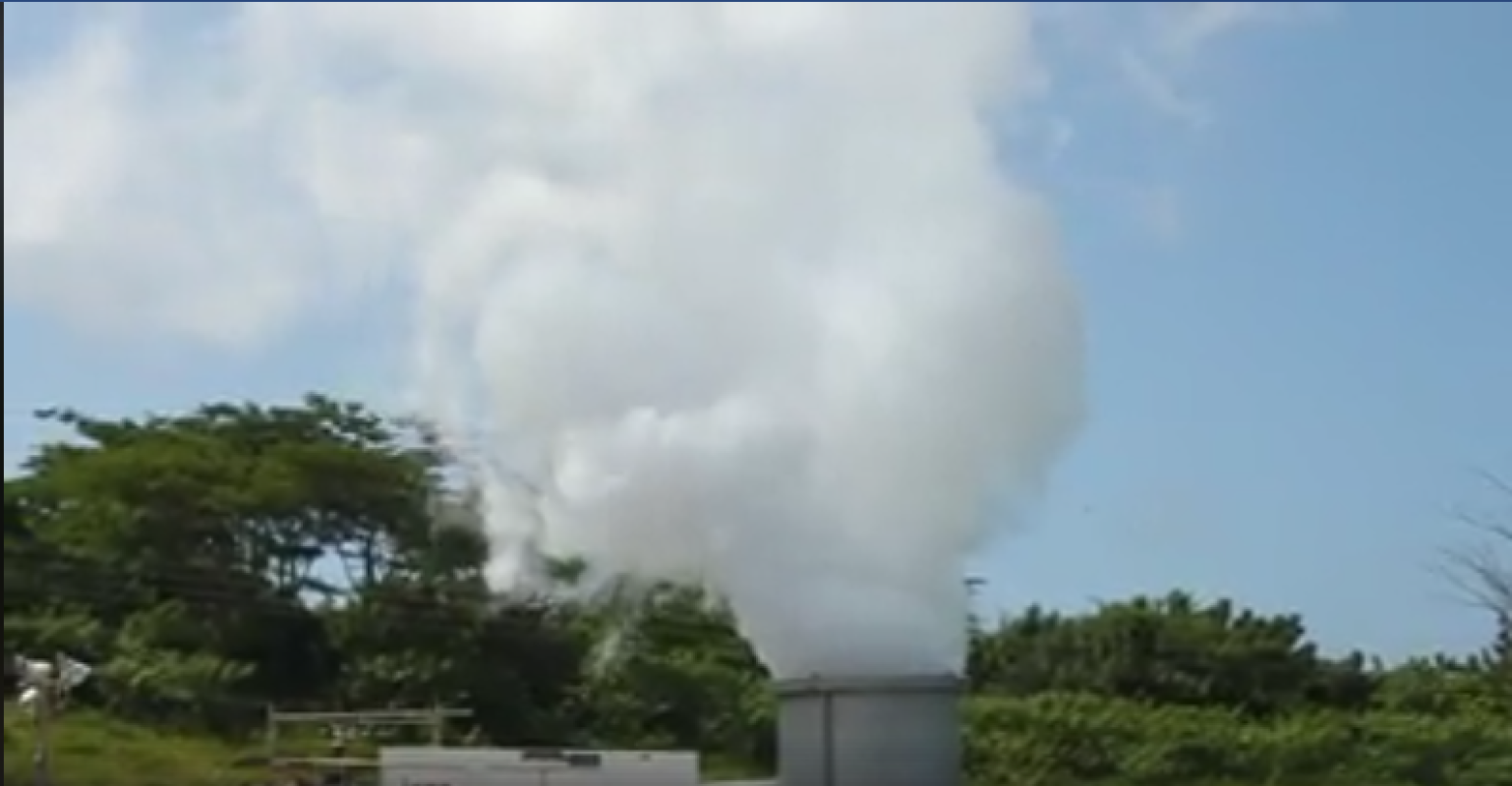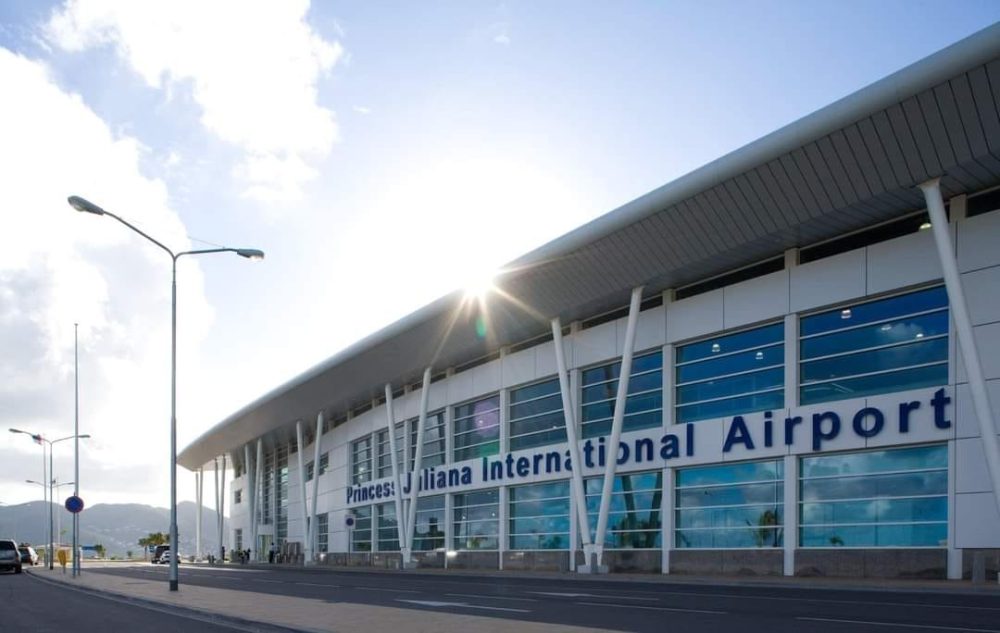On behalf of Alquimi Renewables and our strategic partner (Thermal Energy Partners – TEP) we would like to take this opportunity to comment on your recent article, and provide some further insight so that the people of Montserrat may be well informed of the current situation in respect of the tremendous geothermal resource it owns.
There is no doubt that the opportunity which Montserrat’s geothermal resource presents to the nation is extremely viable as a means towards cheaper electricity in the short term, and potentially economic independence in the longer term. Mr. Bruce Cutright, CEO of TEP, did indeed make the comment that the stored energy under the Soufrieres Hills Volcano is a “gold mine”. Through the continuing technical advancements in data analytics, directional drilling, binary generation, and undersea power transmission, geothermal energy has become one of the most active energy sectors in the world attracting billions of dollars of investment. It provides cheaper, emission free baseload energy, and until our planet collapses, it will be available for a very long time. TEP has confirmed through its proprietary data analytics that at least 300MW of energy is commercially accessible from Montserrat’s giant volcano.
We are all aware of the various types of renewable energy projects happening around us throughout the Caribbean, and it’s a very exciting time to be a part of this industry, especially during the region’s push towards climate resiliency. Islands like Jamaica and the Dominican Republic have led the way by replacing much of their diesel-based energy generation with large scale solar and wind installations. Jamaica recently announced another 37 MW solar project. All of these projects were funded through public-private partnership arrangements with the respective governments and utilities. All of these projects will mean cheaper electricity costs for residents and businesses in those countries. The DR now offers the lowest cost energy in the region at about US$0.03/kwh. This compared to the current rate in Montserrat of about US$0.50/kwh including the fuel tariff.

It is important to understand the differences between baseload energy and intermittent energy generation. Solar and wind energy are examples of intermittent energy generators. Obviously when the sun sets, or the wind dies down, the energy produced needs to be stored for times when energy is not generated. This can be achieved several ways, the most popular being battery storage, however new technologies in thermal or hydrostatic storage are also commercially viable, and they do not depend on the limited supply of lithium. Solar is an excellent energy source in the Caribbean for obvious reasons, and as some of your readers have pointed out, a ‘smart grid’ system, where every home produces solar energy and shares it on the grid is an excellent solution. Unfortunately, most utilities in the region are either government owned or statutory bodies, and most have not taken the initiative to legislate this type of generation system to allow it be part of their energy production strategy.
Baseload energy can be simply defined as a constant source of energy. The current diesel-based energy generation is considered baseload energy, but it is expensive, and produces CO2 which is what we’re all fighting to minimize under the Paris Accord, of which Montserrat is a signatory under the UK. And fossil fuels may not last forever. Other examples include hydro-electricity, nuclear, and of course geothermal energy. These systems produce energy 24 hours a day, and do not require storage. Consequently, although the infrastructure may be more expensive, the energy supply over the long term is constant and more cost effective than intermittent sources.
Public utilities that are converting to renewable energy sources, want to balance intermittent and baseload energy generation. A national grid is best served when these energy sources are combined. It provides redundancy and produces the lowest cost of energy to consumers.
Montserrat (and MUL) were headed down this path, to combine a 1MW solar installation with geothermal to supply the 2.2MW peak demand of the island. Depending on solar to produce all of your energy however, is very risky. As we have seen over the past year, many solar installations were severely damaged by hurricane winds and debris, and there is still no way to make a solar system 100% hurricane proof. The island of St. Eustatius recently went 100% solar, and although they were fortunate not to have lost their solar arrays last year, they still maintain their diesel system as back up.
Energy is the backbone of industry, and therefore it all starts with producing reliable sources of energy, and providing it through the utility at the lowest possible cost. Investors who represent industries that require a large amount of energy will obviously be attracted to locations with this infrastructure in place. This is one reason why we see so many technology and BPO firms – businesses that use a lot of energy – being established in DR and Jamaica. Data centers, which are a critical requirement to cryptocurrency companies, require a massive amount of energy, but that energy would need to be produced through a baseload resource. Any downtime could wipe out the company. Of course for a company like this to be attracted to Montserrat, a high speed data connection would also need to be in place.
Like any country, Montserrat wants to grow and is seeking to determine the best strategy to achieve that growth. Expanding the tourism sector may be possible, but that will likely take a long time to generate substantial benefits. Attracting the diaspora back to Montserrat, which is a key focus of government, will only be possible if high-skilled, well paying jobs are available. An island with a growing population and increased visitors is a good thing, but only if it is sustainable and the people stay and grow with the country. In this regard, development of the geothermal resource may present a more promising solution. It will require engineers, technicians, and many other skilled workers.
The people of Montserrat are looking for answers and relying heavily on their government and people in power to do something about it. There has been limited advancement on many of the specific infrastructure projects that are perceived to be solutions to some of these problems. People need better jobs. Better healthcare. Businesses are struggling with the lack of growth in the country. Not enough people are coming to Montserrat, and there continues to be a ‘revolving door’ condition of investors coming and going for any number of practical issues related to market size, energy costs, accessibility, and the systemic reasons behind them.
Much of this can be attributed to the fact that there seems to be a perceived lack of ‘future direction’ in the country – that very little development of the energy and infrastructure sector has occurred (or is happening much too slowly) to make an immediate impact on the overall economy of Montserrat. As most are aware, countries that experience this type of investment and development – which directly contributes to skilled job growth locally – tend to see an overall improvement in their economies. If the people of Montserrat (or the diaspora) were offered quality jobs, and they realized an immediate positive impact on their cost of living through reduced electricity bills, the downstream economic benefits would trickle down to every business and consumer on the island. Population growth would happen, tourism would increase, and the overall impact would be very positive. Even to the point of economic independence, which we believe is an end goal of every nation.
Since the Montserrat geothermal project commenced almost 7 years ago, under the administration of DFID, it has seen some promising results. Two wells have been completed and tested, and they could generate the required energy needed to power the island’s current, albeit limited, demand.
The Government of Montserrat initiated an EME process late in 2017, which was completed on January 31st of this year. The intent of that process was to investigate whether Montserrat would benefit from entering into a public-private partnership (PPP) to complete the geothermal utility project (about 3MW). TEP did submit a formal proposal to complete the construction of the generating station and costly intertie back to the Brades generating station, including all financing for the project. It was to be completed in 18 months, or by September of 2019. As part of this proposal TEP offered a guaranteed rate of energy for 25 years that would have the effect of reducing all of MUL’s customer rates to about 50% of the current rate (including fuel tariff charges).
In addition to this TEP also offered to expand the project to 25MW of production capacity within the first five years. The reason for this was because TEP has MOUs in hand with other island governments to supply 20MW+ of energy to them through undersea power transmission. Since the proposal was presented this figure has now doubled to 40MW, and expectations are that this figure will rise significantly more as the interest level and uptake from foreign governments without geothermal resources has been very positive. GoM would realize direct financial benefits from this expansion.
Although TEP is currently developing Nevis’ 11MW geothermal project, which will go online in early 2020, the location of Montserrat is highly desirable as a source of energy export to adjacent islands. This is why TEP approached Montserrat, and presented its proposal to the Government. However, you are correct in stating that if TEP cannot produce the energy in Montserrat, it will supply its customers from Nevis, which also has an identified resource in excess of 200MW.
It is unfortunate that there seems to be a difference of opinion politically, as to the viability of a PPP solution in Montserrat. PPPs have been adopted in almost all other Caribbean islands, and have been very successful. This structure is also well supported by regional development banks including the CDB. DFID has stated publicly that their role in the exploration, drilling, and transfer of the geothermal resource in Montserrat has been virtually completed, and they will not be advancing funding for the generating station and intertie. So it is up to the Government of Montserrat to solve this issue and source out alternative means of financing. The PPP solution, which includes GoM as a beneficial financial partner and shareholder, is one valid solution, and the offer lies on the table.
In conclusion, Montserrat has an incredible resource under its control. The same volcano which destroyed many people’s lives, the beautiful town of Plymouth, and most of the island’s agriculture and businesses, now holds the key to its future prosperity.
Ralph D. Birkhoff
Principal
Alquimi Renewables, LLC
Discover more from Discover Montserrat
Subscribe to get the latest posts sent to your email.









